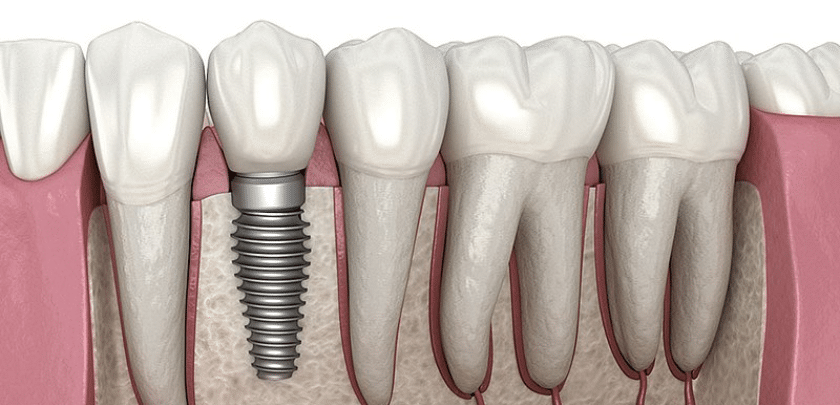Pearl Dental Blog

What Are The 3 Stages Of Dental Implant?
Dental implants have revolutionized the way we approach tooth replacement, offering a long-term solution that closely mimics natural teeth in both appearance and functionality. This innovative procedure involves several critical stages, each playing a pivotal role in the success and longevity of the implant. In this blog, we will delve into the three primary stages of dental implantation: the surgical placement of the implant, the healing period and osseointegration, and the placement of the prosthetic tooth or crown.
Stage 1: Surgical Placement of the Implant
- The journey to restoring your smile with dental implants begins with the surgical placement of the implant into the jawbone. This initial stage is crucial as it lays the foundation for the new tooth. The process starts with a comprehensive evaluation, including dental X-rays and possibly 3D imaging, to assess the health of your jawbone and to plan the implant placement.
- Once the preparation is complete, the actual surgery can take place. This involves the dentist or oral surgeon making a small incision in the gum to expose the bone. A special drill is then used to create a space for the implant in the jawbone. The implant, made of biocompatible materials such as titanium, is carefully inserted into the bone. Finally, the gum is stitched up, marking the end of the first stage.
- The implant acts as a new root for the tooth, providing stable support for the artificial tooth that will eventually be attached. One of the key benefits of dental implants is their ability to integrate with the bone, a process known as osseointegration, which we’ll explore in the next stage.
Stage 2: Healing Period and Osseointegration
- Following the surgical placement of the implant, the body begins a natural healing process. During this time, osseointegration occurs, which is the process where the jawbone grows around the implant, anchoring it securely in place. This period is crucial for the stability and longevity of the implant and can take several months. The duration of the healing period varies depending on individual factors, including the health of the patient’s jawbone and the specific location of the implant in the mouth.
- Patients are usually given specific care instructions to follow during the healing period. This includes maintaining good oral hygiene to prevent infection and attending follow-up appointments to monitor the progress of the implant integration. It’s important to note that patients may experience some discomfort and swelling immediately following the surgery, which typically subsides within a few days.
Stage 3: Placement of the Prosthetic Tooth or Crown
- Once the implant has fully integrated with the jawbone, the final stage involves the placement of the prosthetic tooth or crown. This stage is where the visual transformation occurs, as the crown is designed to look, feel, and function like a natural tooth.
- The process begins with the dentist attaching an abutment to the implant. The abutment serves as a connector between the implant and the crown. Impressions of the mouth are then taken to create a custom crown that matches the color, shape, and size of the surrounding teeth. Once the crown is ready, it is securely attached to the abutment, completing the dental implant process.
- The final result is a strong, stable, and aesthetically pleasing tooth that enhances the patient’s smile and improves their oral health. With proper care and maintenance, dental implants can last a lifetime, making them an excellent investment in one’s oral health.
The three stages of dental implantation—surgical placement, healing and osseointegration, and the placement of the prosthetic tooth—involve meticulous planning and skilled execution. Each stage is vital to the success of the implant, ensuring that the final outcome not only looks natural but also offers the functionality and durability of a real tooth. Dental implants represent a significant advancement in dental technology, providing individuals with a reliable and long-lasting solution to tooth loss. If you are considering dental implants, consult with a qualified dental professional who can guide you through each step of the process and help restore your smile with confidence.





